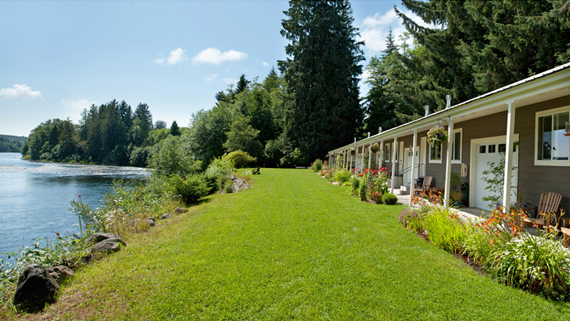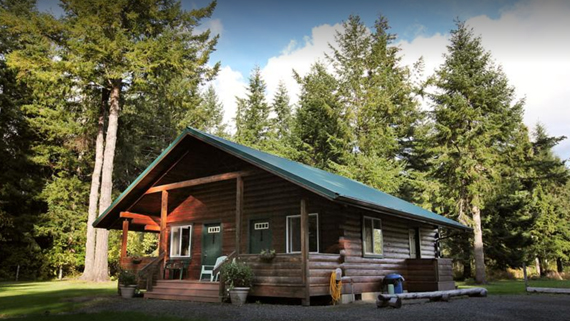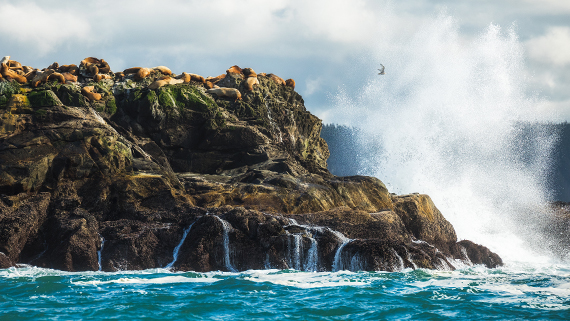FORKS AND LA PUSH
Quick Facts
- The Hoh Rain Forest receives an average of 140 inches of rain fall each year.
- Second Beach offers one of the most dramatic views of giant sea stacks on the Pacific Coast.
- At low tide, a hike on Rialto Beach leads to an incredible "Hole in The Wall" rock formation.
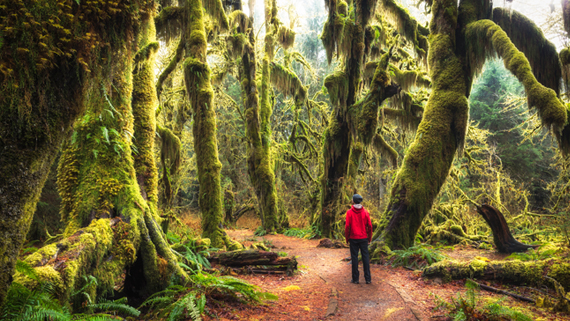
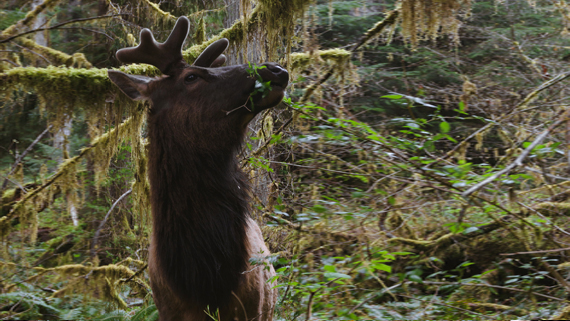
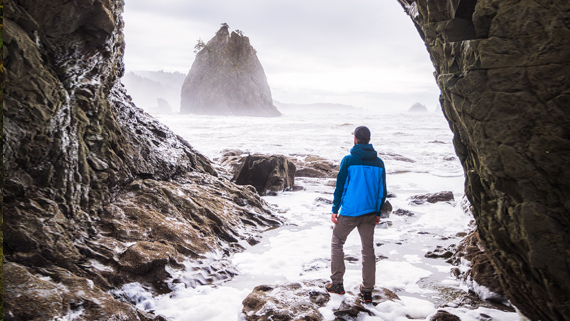
ABOUT THE AREA
Surrounded by rain forest valleys and within minutes of the rugged Pacific Coast, Forks is a friendly little town full of recreation opportunities. Within an hour of Forks, one can be strolling a rain forest trail, kayaking a tidal estuary, surfing a wilderness beach, soaking in natural hot spring waters or canoeing a clear blue glacier-carved lake.
World-class fishing adventures await as vibrant runs of salmon and steelhead ply the Bogachiel, Hoh, Sol Duc and Calawah Rivers. Saltwater charters from La Push for salmon and bottom fish are available from May to September. Local guides, restaurants and inns cater to those fishing, with pre-dawn breakfasts and lunches packed to enjoy on the river. A surprising number of restaurants, gift shops, cabins, inns and other lodgings can be found in Forks, many secluded acreages on riverbanks or calm pastures.
LA PUSH AND PACIFIC COAST BEACHES
West of Forks, visit Rialto Beach on the north side of the Quillayute River. This drive-to beach is a beautiful spot to enjoy the surf and watch shorebirds, eagles and seals. The 1 1/4 mile trek north to “Hole-in-the-Wall” begins at the parking area of Rialto Beach.
On the south side of the river is the Quileute Indian village of La Push and First Beach, a mile-long crescent known for surfing-size waves and great whale watching, especially from February through April. Kayakers, surfers and seals often add to the view. This hospitable community offers a marina from which fishing charters operate in season, along with restaurant and lodging facilities. Second Beach, just east of LaPush, is popular with photographers and is reached by way of a .7 mile forested trail that leads to a 2-mile long sandy stretch of beach – watch for the eagle nest above the tree line.
When hiking along the coast, always check the tides. Certain areas may become impassable during high tides and overland trails must be used.
THE HOH RAIN FOREST
Among the only protected temperate rain forests in the Northern Hemisphere, the Hoh Rain Forest is a not-to-be-missed attraction on the West Side of the Olympic Peninsula. Moisture-laden air from the Pacific brings an average of 140 inches of annual rainfall to the Hoh Valley, in addition to condensed mist that contributes another 30 inches. Nineteen miles inland from Hwy 101 you’ll find the Hoh Rain Forest Visitor Center. Two loop trails near the Visitor Center are easy to stroll and give a great sampling of the area: The Hall of Mosses Trail showcases the moss-draped maples, magically green in the spring, spectacular with color in the fall and a treat any time of year. The Spruce Nature Trail meanders through the late-secessional forests of red alder and cottonwood, showing the landscape carved over thousands of years by this glacier-fed river.
The Hoh Visitor Center is also a starting point for longer and more challenging hikes to alpine meadows and glacier fields. Trekking with llamas is one way to explore the interior of the Park, when llamas pack your gear while you just pack yourself! River floats trips are available in summer on the Hoh River, and local fishing guides offer great sporting and photography trips year-round.
